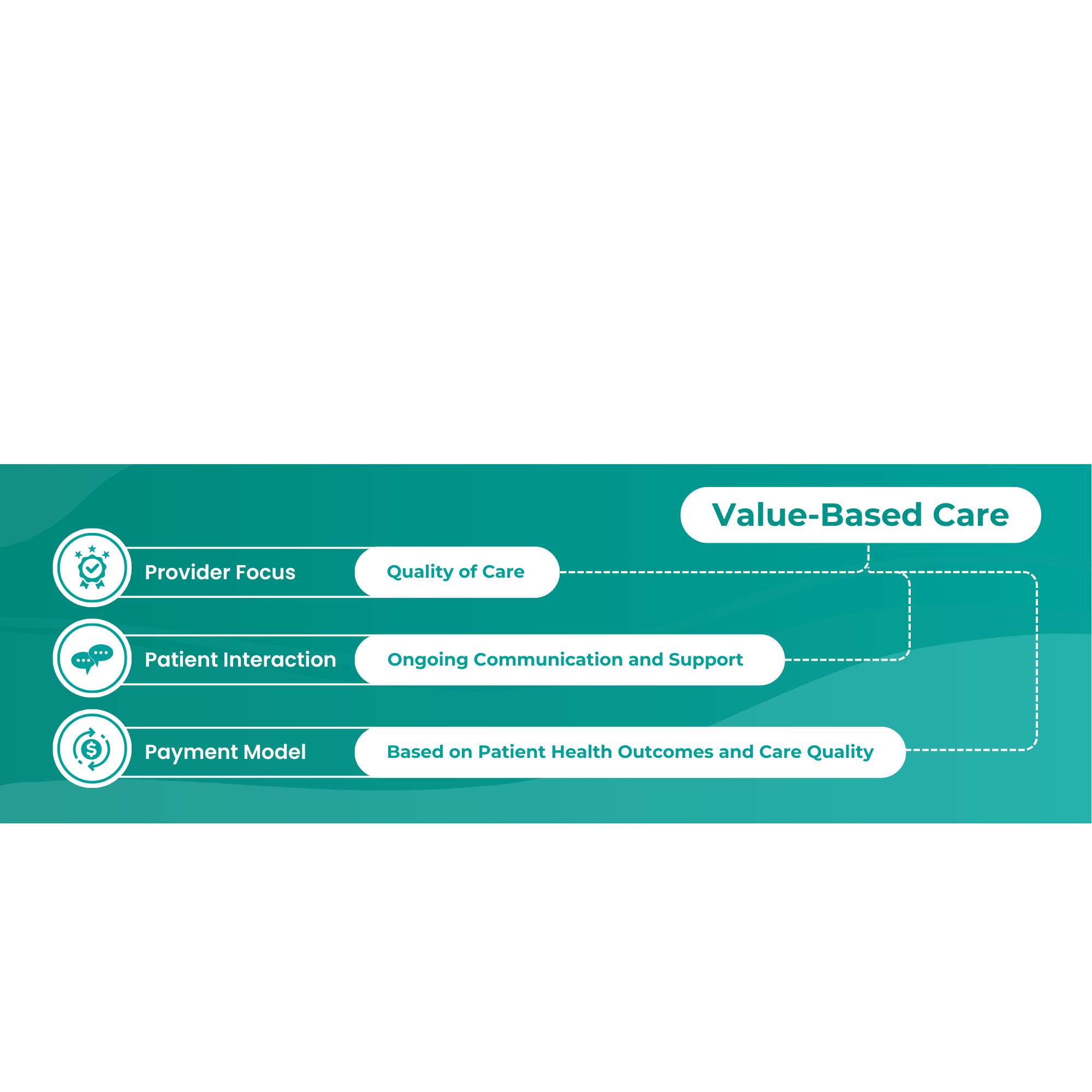What Is Value-Based Care—and Why It Matters Now
What is Value-Based Care?
What if doctors got paid for keeping people healthy, not just for treating them when they’re sick? This is the core idea behind value-based care, a growing healthcare model that shifts the focus from quantity to quality.
In traditional fee-for-service care, providers are paid based on how many appointments, tests, or procedures they perform, regardless of the outcome. Value-based care flips that model. Instead of being paid for doing more, providers are rewarded for helping patients stay well, recover faster, and avoid unnecessary hospital visits.
Breaking Down Healthcare Models: Fee-for-Service vs. Value-Based Care
If you’ve ever tried to navigate the world of healthcare, you’ve likely come across the terms fee-for-service and value-based care. These two payment models represent very different approaches to delivering and reimbursing healthcare, and understanding the difference is key for providers and patients alike.
At its core, the fee-for-service model is exactly what it sounds like: providers are paid for each test, visit, or procedure they perform. It’s a volume-driven system that rewards quantity over quality, encouraging more services regardless of outcomes. Value-based care flips that idea on its head by prioritizing patient outcomes. Instead of focusing on how many services are delivered, providers are rewarded for how well they improve patient health and manage care over time. This means fewer readmissions, better control of chronic conditions, and faster response when complications arise.
What It Means for Providers
For healthcare professionals, the value-based care model promotes a proactive, long-term approach to treatment. Rather than reacting to a patient's complaints about worsening symptoms, the focus will become on preventing complications before they arise. This encourages better collaboration across care teams and more consistent communication between primary care providers, specialists, and support staff.
Tools like Remote Patient Monitoring could play a key role in this process. By helping providers track health data in real time, they can provide insight between visits, allowing earlier interventions and reducing emergency visits or re-hospitalization.
What It Means for Patients
Patients benefit from a more personalized and connected relationship with their physicians. With solutions like remote patient monitoring, a solution that optimizes Value Based Care, rather than short, fragmented visits scheduled weeks or months apart, patients can receive care that’s tailored to their needs and focuses on long-term health. This is especially valuable for people managing chronic illnesses like diabetes or heart disease.
With ongoing communication and support, this will also urge patients to become more engaged in their own care, seeing it as an ongoing, ever-progressing journey, and they will often see better outcomes because of it.
A Smarter Way Forward
Value-based care isn’t simply a new payment model—it’s a new way of thinking. It is about building stronger relationships between patients and providers, using smarter tools to improve experiences, and incentivizing healthcare providers to always operate around the core principle of: What is best for my patient over time?
At Wellness Connection, we believe this is the future of healthcare: connected, proactive, and patient-centered.




